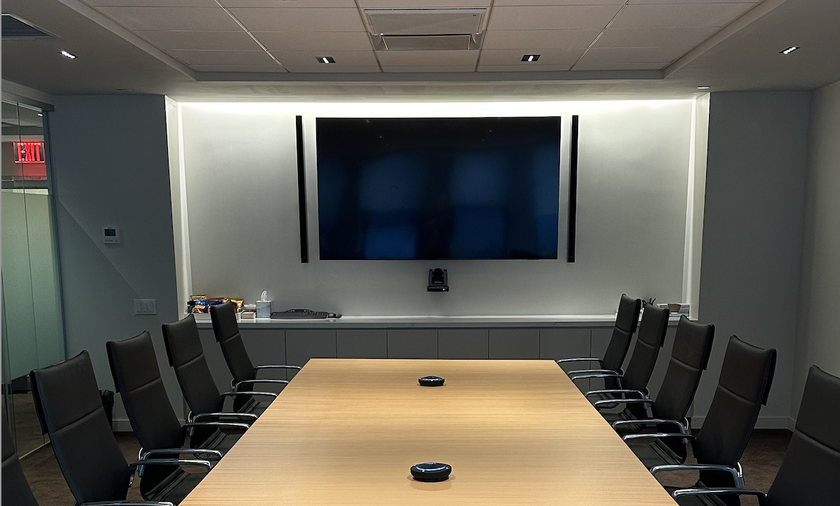As one of the more successful communication protocols for process control and industrial automation, fieldbus has proven its merit in bringing projects on-line earlier and more efficiently, allowing advanced digital feedback and control to processing plants previously stuck in the analog age. This allowed far more exacting process control, greater autonomy of control loops, accurate trending, greater centralized monitoring, and lower installation costs through easier wiring and faster commissioning. However, when it came to the hazardous environments often encountered in many chemical, pharmaceutical, plastics and petroleum plants, fieldbus initially fell short when intrinsically safe (IS) techniques were required.
Initially, fieldbus implementations went the same way: use a conventional IS interface, apply the industry-standard Entity Concept and the loop (now a segment) would be safe. The problem was conventional IS interfaces under the Entity Concept allowed only 80mA or so, barely enough to drive four devices at an average draw of 20mA per device.
Technology stepped up to the challenge in the form of FISCO (fieldbus intrinsically safe concept). If cables and device parameters were defined by boundary values, modern electronic current-limiting designs could allow more current and still remain intrinsically safe. Yet FISCO has operational limitations because units' complex circuitry creates more heat and reduces unit reliability. In addition, all devices and cable must be FISCO-compatible, further limiting choices in installing fieldbus networks.
Many I&C engineers have been searching for a new solution that would allow them to maximize intrinsically safe segment capacity and operational ease within hazardous applications. At last, technology has come through with a solution. The capacity barrier of FISCO has now been significantly surpassed by a novel split architecture design. Engineers at MooreHawke, a division of Moore Industries based in North Hills, CA, developed this new technology by reexamining traditional approaches.
In response to the primary cause of low segment power in fieldbus applications-the placement of the main current-limiting resistor at the point of highest current-MooreHawke developed a split architecture approach using a field-mounted device coupler, and an associated power supply with a safe-area interface. The total resistance requirement is obtained via a split resistance; a small resistor is used in the IS interface and a larger resistor is placed in the field device coupler. The small (trunk) resistor "sees" a large current (sum of all devices), but only generates a small voltage drop. The larger (spur) resistor "sees" a small current (single device) and so only generates a small voltage drop.
This design enables intrinsically safe fieldbus segments to support up to 350mA, enough to power 16 devices at 500m, while still being intrinsically safe for hydrogen at the individual spur connection. This allows fieldbus designs to be just as cost-effective and efficient in hazardous locations as it has been in non-hazardous applications.
The split-architecture power supply steps around the complexity associated with FISCO circuits by the use of a conventional wire-wound resistor that, IS terms, is deemed to be infallible.









